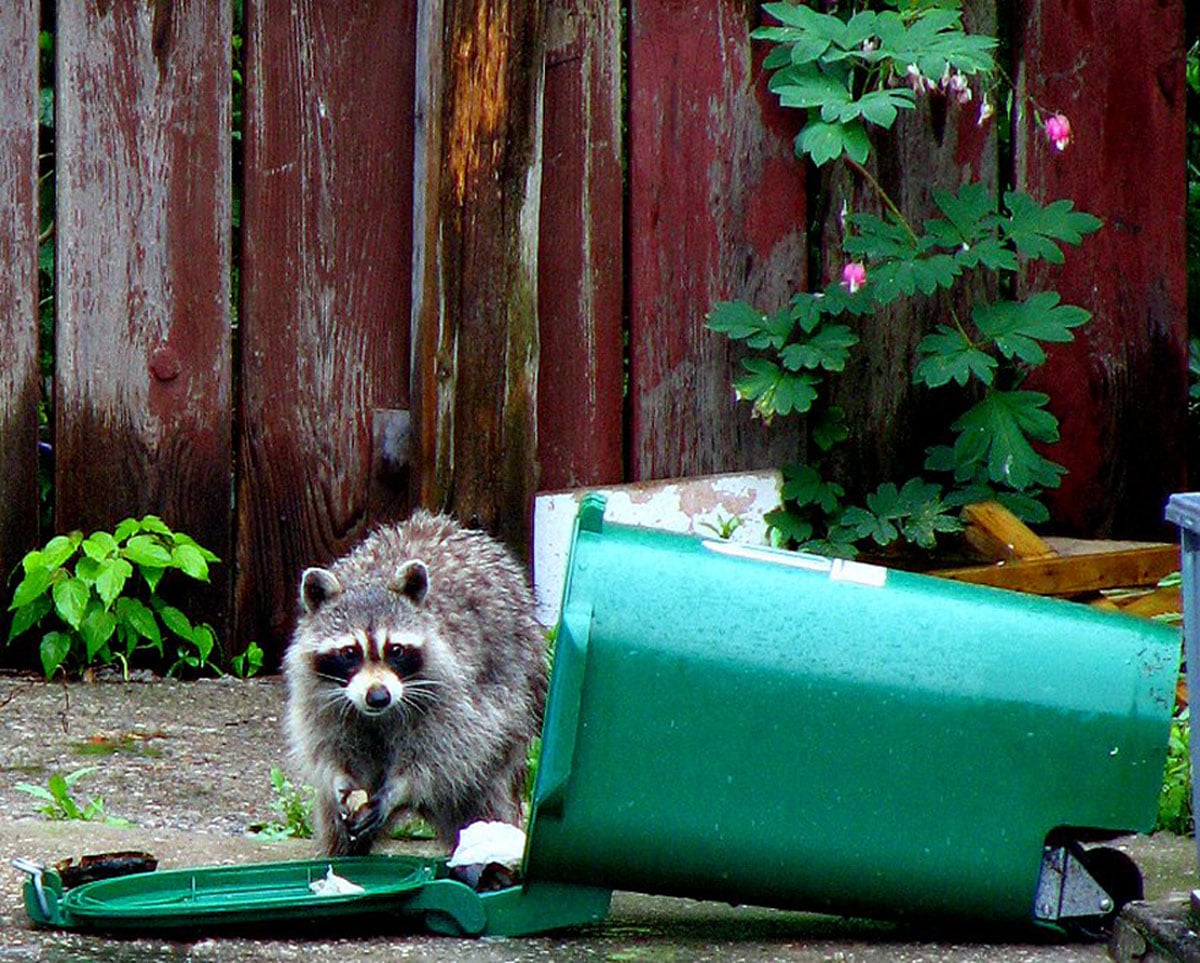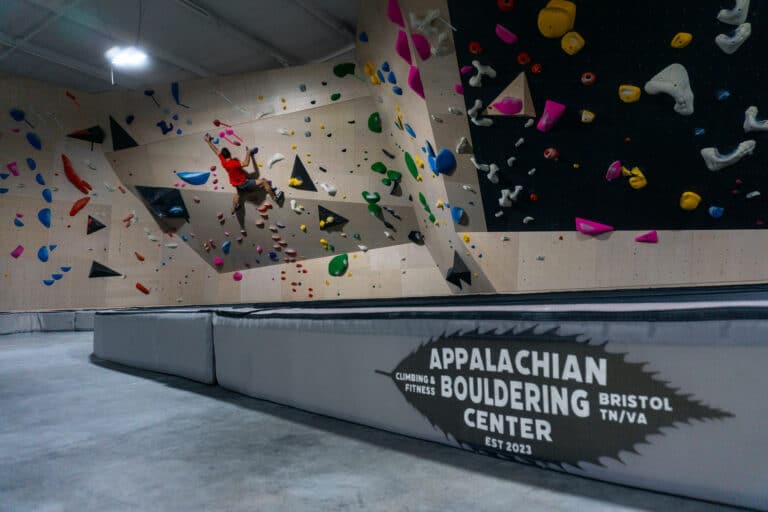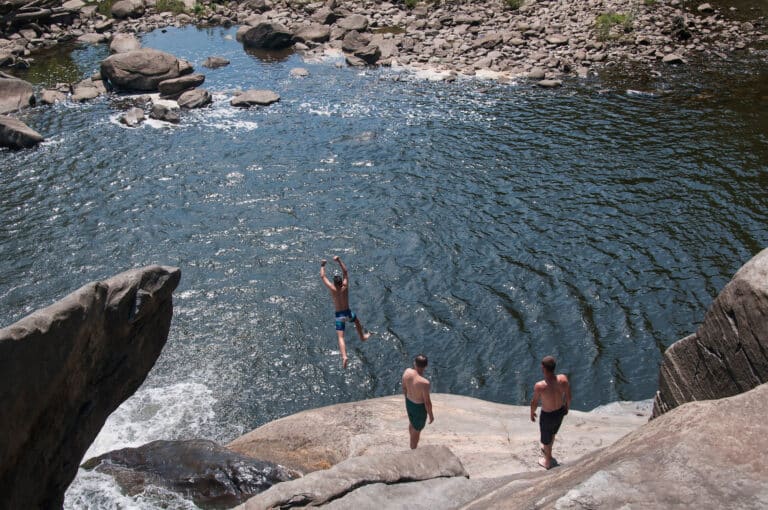Dear EarthTalk: My husband and I want to start a garden this year. I really want to make compost from leftover food scraps and yard materials. He says it will attract unwanted animals, and refuses to agree to it. Is he right? If so, how do we deal with that issue in a green-friendly, non-lethal way? — Carmen Veurink, Grand Rapids, MI
It’s true that outdoor compost piles and bins can be a draw for wildlife—be it bears, rats, raccoons, skunks, opossums or some other creatures of the night—but there are ways to minimize the attraction. For one, make sure everyone in your household knows to keep meat, bones, fish, fat and dairy out of the compost. Not only will these items “overheat” the compost pile, they’ll also stink it up and attract animals.
Otherwise, home composters should keep in mind that critters aren’t actually eating the compost but are sifting through it to find fresh edible kitchen or garden scraps. To discourage animals, the website OrganicGardening.com recommends mixing kitchen garbage with soil or wood ashes before burying it in the hot center of your compost pile. Washington State’s Department of Fish and Wildlife recommends not putting any food scraps in open compost piles, but says that if you must, bury them under at least eight inches of soil and then place a wire mesh barrier over the top held in place with a heavy object or two.
Putting your compost pile in a pest-proof container is another way to prevent tampering with your precious organic soil-to-be. Compost tumblers are popular because they mix and aerate by just being turned occasionally, and they keep raccoons, rats, dogs and other interlopers at bay. Otherwise, compost bins with wire tops or sealed lids work well too, but require a little more manual labor in terms of stirring.
Of course, another option would be to make the compost indoors using a worm bin. You can still put kitchen scraps in just like in a bigger outdoor compost pile, but without the worry of attracting wildlife. The website Instructables.com offers instructions for how to create your own worm composting bin. Another good source is the blog One-Change.com, which offers a step-by-step guide to the process.
The long and short of it is that if you know what you’re doing, composting can be a rewarding, environmentally friendly and pest-free experience. For some great tips on how to get started, visit the website Composting101.com, a comprehensive and free guide for the home gardener on what to do and how to do it. Also, some forward-thinking cities such as Seattle are picking up food scraps with yard waste at the curbside along with garbage collection, and making huge amounts of commercially viable compost out of it. If your city or town offers a similar program you might want to consider saving yourself the trouble of doing it at home for the common good.
One more thing to keep in mind is that the garden itself may attract as much if not more wildlife than some food scraps in a compost pile. Strategically placed fencing and wire mesh can frustrate some critters enough to keep them moving along, but you can be sure some of your neighborhood wildlife will reap the harvest that you’ve sown. And as long as they leave enough for you, who can’t live with that?
CONTACTS: OrganicGardening.com, www.organicgardening.com; State of Washington Department of Fish & Wildlife, wdfw.wa.gov; Instructables, www.instructables.com; One Change Indoor Compost Bin, one-change.com/blog/2006/04/indoor-compost-bin/; Composting101.com, www.composing101.com.
SEND YOUR ENVIRONMENTAL QUESTIONS TO: EarthTalk®, c/o E – The Environmental Magazine, P.O. Box 5098, Westport, CT 06881; [email protected]. E is a nonprofit publication. Subscribe: www.emagazine.com/subscribe; Request a Free Trial Issue: www.emagazine.com/trial.







